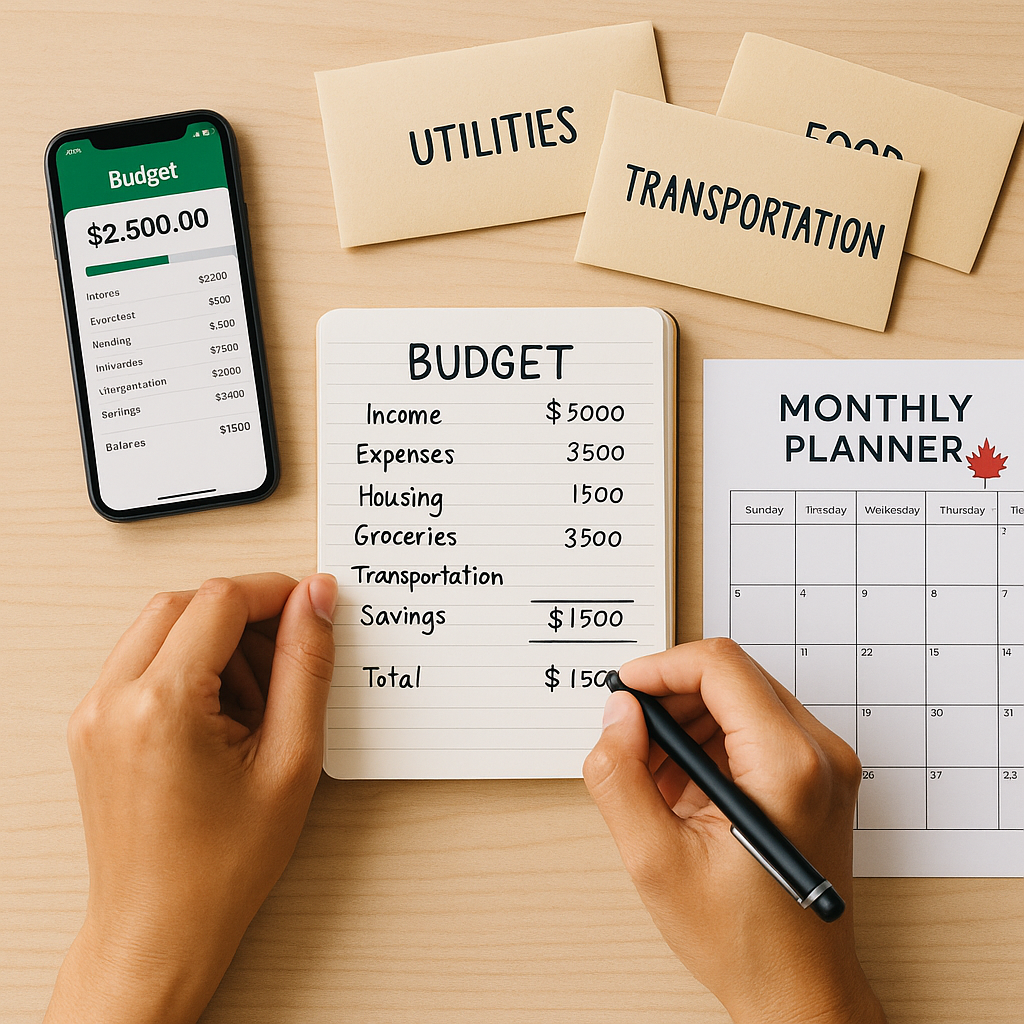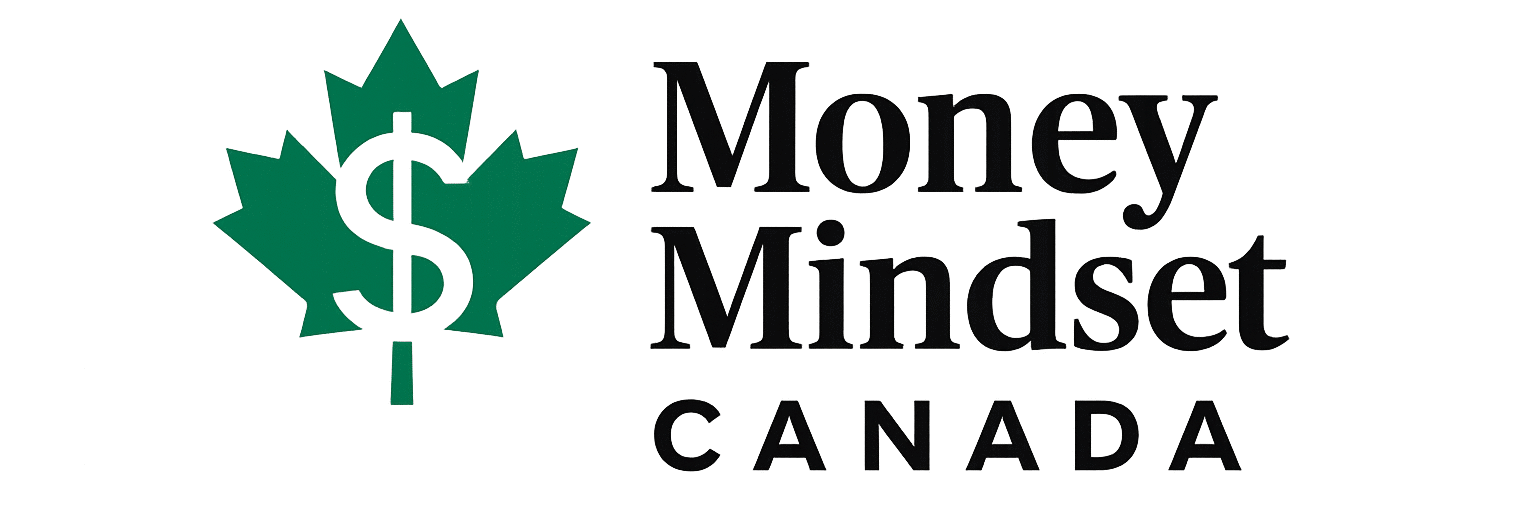How to Create a Realistic Budget in Canada
Learn how to build a monthly budget that works in real life — ideal for newcomers, families, and anyone starting fresh in Canada.
Overview
Budgeting is one of the most powerful tools for achieving financial control in Canada. Whether you're a newcomer, young professional, growing family, or starting over, this guide will walk you through how to build a budget that works in real life.

1. Understand Your Monthly Income
Before planning any expenses, you need to know how much money you take home after tax each month.
- Sources to include: Employment income, side hustles, child benefits (CCB), CPP/OAS (if retired), investment income, etc.
- Tools: Use your most recent pay stub or bank deposit records.
Pro Tip: Use after-tax income only, not gross salary.
2. Track All Your Expenses
To create a realistic budget, you need a full picture of where your money is currently going.
Categories to Track:
- Housing (rent/mortgage, property tax, utilities)
- Groceries
- Transportation (car payments, insurance, gas, transit)
- Cell phone & Internet
- Childcare or Schooling
- Debt payments (credit cards, student loans)
- Entertainment
- Insurance (life, home, car)
- Savings & investments (TFSA, RRSP, RESP)
Use a budgeting app or a spreadsheet to monitor for 30 days.
3. Separate Fixed vs Variable Expenses
- Fixed: Rent, insurance, subscriptions
- Variable: Groceries, gas, entertainment
This helps you identify what you can adjust if needed.
4. Choose a Budgeting Method
✅ The 50/30/20 Rule (Simple Starter)
- 50% Needs
- 30% Wants
- 20% Savings & Debt Repayment
✅ The Zero-Based Budget (More Detailed)
- Assign every dollar a job
- Budget down to $0 leftover
Choose a method that works for your personality and lifestyle.
5. Set Monthly Financial Goals
Give your budget a purpose. Examples:
- Pay off credit card debt
- Save $5,000 for an emergency fund
- Max out your TFSA
6. Adjust & Optimize
Your budget isn’t fixed forever — review it monthly.
- Cut unused subscriptions
- Negotiate your phone/internet bill
- Shop with grocery flyers and apps
7. Tools to Help Canadians Budget
- Budgeting apps – for tracking and savings automation
- Spreadsheets – customizable and offline
- Envelope method – physical cash budgeting
- Hard-copy budget planners – for pen-and-paper users

Final Thoughts
Creating a budget is a powerful first step toward controlling your money — not the other way around. Start small, stay consistent, and don’t worry if it takes a few months to feel "in control."
